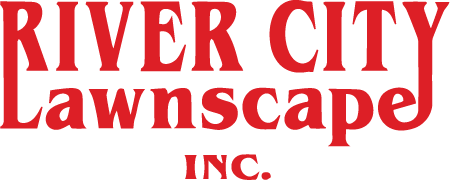Care for Your New Hardscape
Brick paver maintenance and troubleshooting
Ants: If silica sand was used in the joints, ants may burrow between the pavers, causing unsightly mounds of sand. It is effective to sprinkle insecticide granules directly on the pavers and around the perimeter of the paved area, then sweep the material into the joints. This procedure may be done as needed.
Efflorescence: Your brick may appear to have a white flour-like residue covering the surface. This is common and will disappear with time and use. This condition is caused by calcium carbonate rising out of the concrete pavers. It is part of the curing process and is not a problem. If desired, you can treat the efflorescence with chemical methods.
Frost Heave: Brick pavers are designed to move. In heavy soil conditions, pavers may heave but will usually settle back down without the need for repair.
Snow removal: Concrete pavers are designed with beveled edges, allowing for smooth shoveling and snow plowing. For ice control, we recommend using products that leave little residue on the brick (recommended brands: Ice No Mor, Zero Ice).
Joint Sand: If silica sand was used to fill between joints and hold the pavers secure, more sand can be swept over the pavers and into the seams. In time, the sand will become less noticeable.
Weeds: Occasional weeds can be pulled or sprayed with chemical treatment.
Settling: While not likely, settling of pavers may occur. “settled” pavers can be easily lifted and reset over new bedding sand. This is a big advantage pavers have over poured concrete because they are individual units and reusable.
Cleaning/Pressure Washing: Over time, dirt, mildew, and moss can cover your brick pavers. Be sure to carefully clean hardscapes as not to etch the pavers. It is also likely the seams will need to be resanded after being washed.
Open Graded Base Method: It’s a good idea to use the open-graded base method when installing hardscapes to allow for water drainage and prevent issues with your hardscapes. Using this method will eliminate some of the listed issues.
